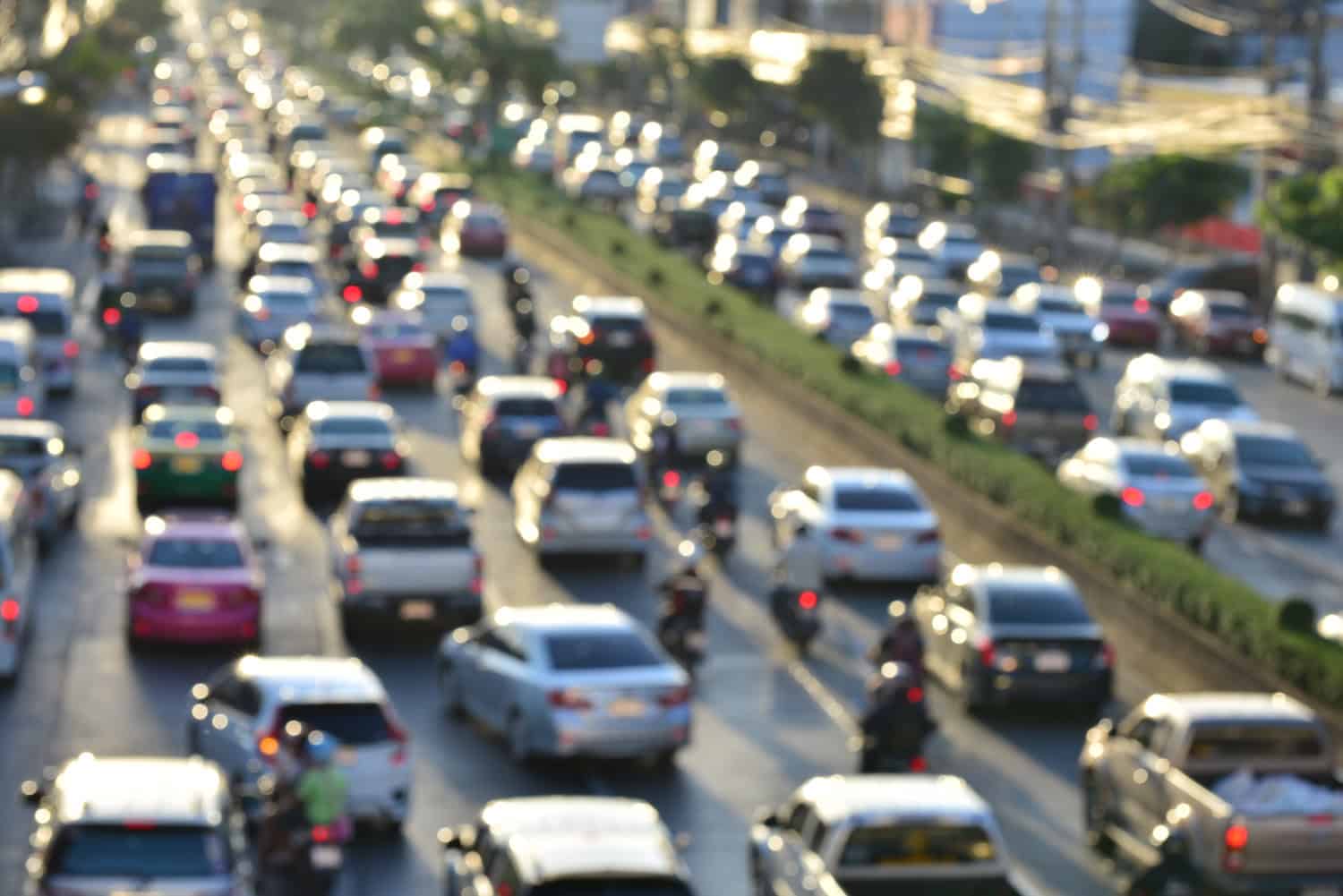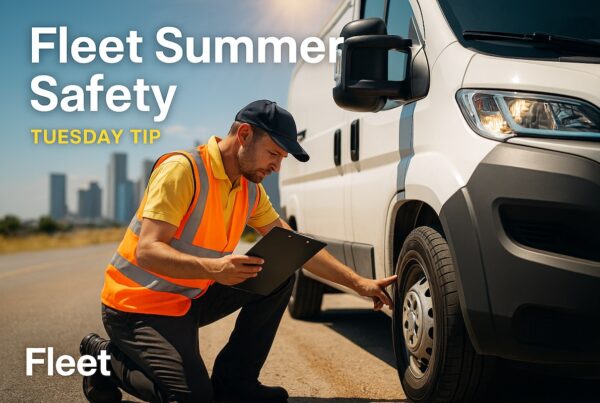What is lane hopping?
Lane hopping, also known as weaving, is a dangerous driving behavior that can lead to severe accidents. This action involves changing lanes frequently and abruptly, often without signaling or warning. This type of driving not only poses a risk to the driver, but it also puts other road users in danger.
According to the National Highway Traffic Safety Administration (NHTSA), lane changes in highways and interstates can be particularly dangerous due to the high speeds and volume of traffic. Distracted driving is a significant concern, and remaining alert and aware of surroundings is crucial. In 2019, there were 36,096 fatalities on US roadways, with nearly 20% of them involving accidents on highways or interstates.
To prevent accidents caused by lane hopping, drivers should follow safe driving practices. This includes maintaining a safe following distance, signaling before changing lanes, and checking mirrors to ensure there is no vehicle in the blind spot before merging into another lane. If planning on changing lanes, drivers should plan ahead and move into the lane that they require in advance to avoid last-minute decisions that could confuse other drivers and lead to crashes.
If a driver needs to merge into another lane, they should accelerate to match the speed of other vehicles in that lane and signal before moving over. Drivers should avoid darting in and out of traffic lanes or making sudden movements, which can increase the risk of an accident.
The most crucial aspect of safe driving practices is remaining alert and aware of the surroundings at all times. Distractions such as texting or using cell phones or eating while driving make it challenging to remain mentally focused on the road and remain aware of other drivers’ and road users’ behavior.
It is everyone’s responsibility to ensure safe driving, and the commitment to oneself and others on the road is of utmost importance. By utilizing safe driving practices, we can work together to make our roads safer for everyone. Let us all take responsibility and pledge to follow safe driving practices to reduce accidents and fatalities on US roadways. Remember, safe driving saves lives.





